Trench Compaction
May 24, 2023
Trench Compaction
TRANSCRIPT
Throughout my career in the turf Industry, I have witnessed hundreds of installations fail due to backfilling and
compaction. Last month, I spoke about the importance of compaction around utility boxes, and when poorly done, it
destroys your entire installation, especially when you lift it back up and then put it back down again. Once you remove
synthetic turf to make subbase repairs, it usually never goes back to the first time you placed it. Many contractors
overlook details when placing and compacting materials in trenches within or across their installation. Today, I will
explain trench compaction and why it is crucial when covering excavated trenches with synthetic turf. For synthetic
turf to simulate natural grass, the surface must remain true to shape, contouring, and smoothness. Superior
compaction is necessary when excavating trenches in subbases below synthetic turf surfaces. When backfilling
trenches, you must compact the soils to at least 85% or better.
If not? They may settle… like this. Substandard compaction, along with excessive foot traffic may cause depressions
and/or settlement. When this happens?… removal and replacement may be the only choice.
Compaction & Cohesiveness
Soil is a combination of sand, gravel, silt, clay, water, and air.
To ensure that compaction is successful, “Cohesiveness” is needed. Choosing the right materials is crucial to trench
compaction. Many contractors place existing soils back into the trench. This may work if the existing soils are free of
contaminants and compactable. Existing soils that are present after the removal of natural grass may be too soft to
use for “backfilling.” The soil must be “compressible” without allowing water intrusion to weaken its structure, even
after compacting it. Soils high in clay may not be a good candidate for trench compaction under synthetic turf.
When contaminated soils become saturated, especially in narrow trenches, they tend to expand and settle. Narrow
trenches backfilled with inferior soils may experience depressions and settlement due to heavy foot traffic.
It only takes one heavy rainfall to cause settlement.
Often I get asked hey JW, what is your recommendation to place back into the trench for compaction?
Well, that is a great question…
For Landscape irrigation trenches averaging 3” to 12” wide and 12” +, – deep, I recommend placing ¾” Limestone
washed aggregate as a backfill material. Limestone aggregate is clean, slowly absorbing, and allows excessive water
to filter through, preventing settlement. You may top the trench off with DG, chat or 3/8” minus for contouring the
subbase if needed.
Compaction Equipment
Having the proper compaction equipment is crucial for preventing trench settlement. There are different types of
compaction equipment for purchase or rental. Plate compactors will not work well for trench compaction. Depending
on the width of the trench, I recommend using a “jumping-jack” and/or “bench sand hammer” like this.
Backfilling & Lifts
It is crucial to place imported materials in “lifts”.
Lifts are the thickness and amounts of materials placed at once. Placing too much at once will not achieve density.
The size of the compaction machine will determine the thickness and amounts of lifts to be placed.
I recommend placing a maximum of 6-inch lifts at each time. Then Compact.
Repeat this step until you have reached the proper elevation.
This will ensure that the trench is properly compacted to prevent any future settlement.
I hope this video has brought awareness of backfilling trenches that are in your synthetic turf installation… until next
time … JW OUT!







